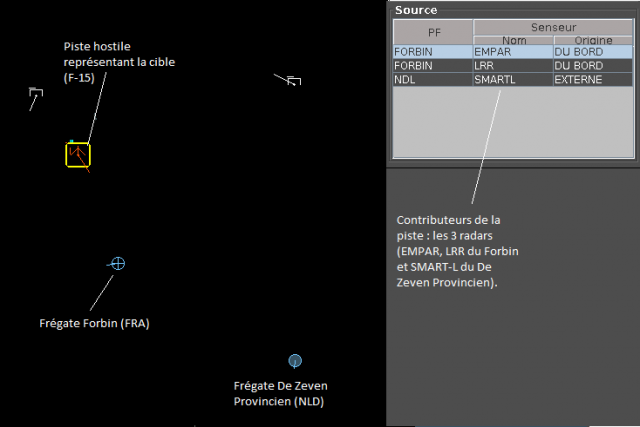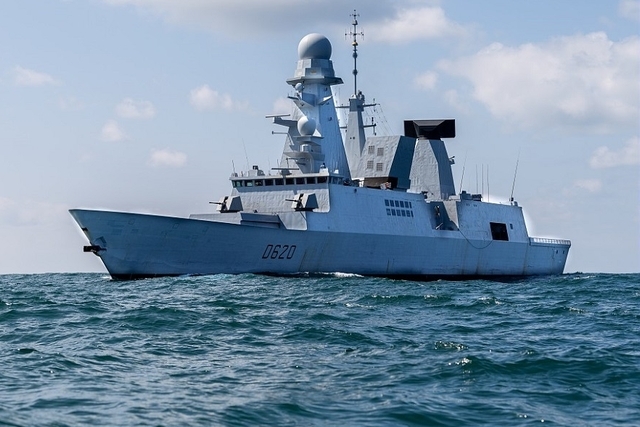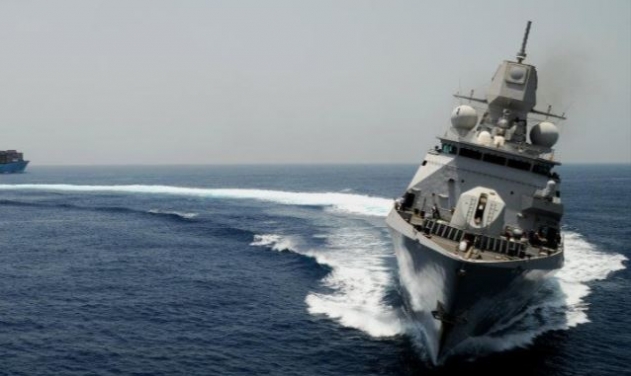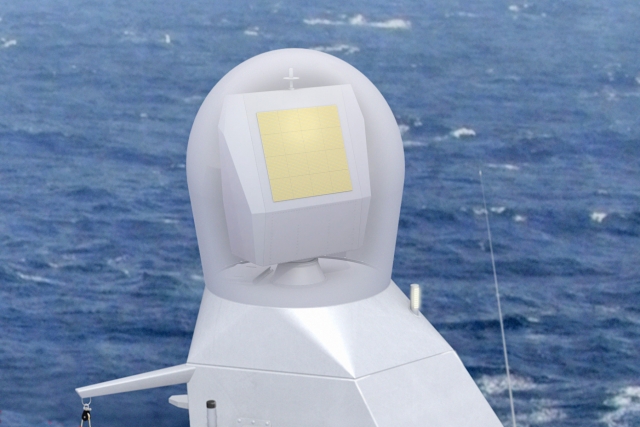French, Netherlands Warships Carry out Cooperative Naval Watch Experiment

France and the Netherlands successfully carried out a joint experimentation at sea of the cooperative naval watch (French acronym- VCN), a new capacity for establishing a tactical situation based on the exchange and fusion of raw information from radars of an air-sea force.
Each VCN-equipped vessel can benefit from radar data from other vessels within milliseconds, expanding its tactical situational awareness.
This disruptive capacity is based on a radar data exchange protocol designed by the French General Directorate of Armaments (DGA) and Naval Group. The VCN demonstrator of the air defense frigate (FDA) Forbin was connected for the first time to a Dutch demonstrator installed on the air defense frigate De Zeven Provincien of the Royal Netherlands Navy at the end of May 2021, a DGA release said.
This capability aims to improve the detection (of enemy aircraft) and the advance the deployment of anti-aircraft defense resources in the face of new or stealthy threats, as well as in a scrambled environment. VCN constitutes an essential block of the collaborative fight of the future.
The bi-national experiment carried out with the Netherlands, unprecedented with an allied ship, is therefore a first in Europe. It also demonstrates that the protocol used is an interoperability standard for VCN exchanges.

The success of this joint Franco-Dutch experiment paves the way for other inter-allied cooperation on this program, such as the European collaborative combat project led by France within the framework of the (European) permanent structured cooperation.
The added value of the VCN and the proper functioning of the system developed by Naval Group has already been demonstrated in France, paving the way for its operational deployment from 2022 on leading ships of the French Navy.
In parallel with the development and qualification of the system for its operational deployment from 2022, the DGA is continuing upstream studies which will then make it possible to provide capacity increments in VCN with a view to continuing to adapt to the evolution of threats.












